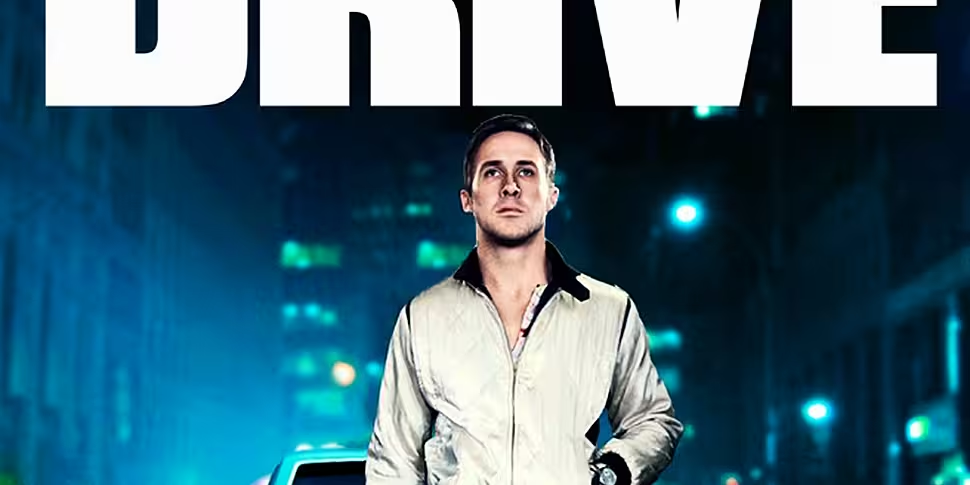Nothing highlights just how quickly time passes like a retrospective, but for some reason, that doesn't apply to Drive.
Released on September 16th 2011, the stylish Ryan Gosling vehicle already feels much older than that, like someone accidentally uncovered a '70s noir classic and decided to re-release it. However, the project started off as something else entirely.
Based on a 2005 novel of the same name by James Sallis, Hollywood producers were quick to pick up the rights, attracted to the character of the driver. Described as "the kind of character you rarely see anymore – he was a man with a purpose; he was very good at one thing and made no apologies for it," the protagonist was compared to the figures typically played by Steve McQueen or Clint Eastwood in days gone by.
The novel was adapted by the Academy-Award nominated screenwriter Hossein Amini (The Wings Of The Dove), who completely did away with the non-linear narrative of the source material, before presenting the finished script to the director, Neil Marshall (The Descent).
By 2008, Marshall had his leading man with Hugh Jackman, but between hectic schedules and a series of conflicting issues, both had dropped out by 2010, at which time Ryan Gosling signed on, and was reportedly given the option to the choose the director himself.

A big fan of his back-catalogue, Gosling chose Nicolas Winding Refn (Pusher, Bronson, Valhalla Rising), who read the script, and began to hack away at it, cutting away as much dialogue as possible.
Given a production budget of $15 million, Refn set up shop in Los Angeles, renting a plush home in the area and essentially demanded that Gosling, Amini and the rest of the newly-cast actors (Carey Mulligan, Bryan Cranston, Albert Brooks, Ron Perlman and Oscar Isaac) move in with him.
By day they would all work on the script, which by that point been cut down to just 81 pages, which should work out at 81 minutes of screen-time. They continued to cut away Gosling's dialogue as they filmed, then at night they would all watch movies to gather influences, or drive around the city in search of interesting locations to shoot in.
The finished film (which rolls in at 100 minutes, giving some indication just how much silence there is in the movie) was greeted with rapturous applause by critics, constantly topping 'Best Of 2011' lists. Refn won Best Director at the Cannes Film Festival, and the film went on the make over five times its budget back at the box office.
However, in the five short years since its release, very few low budget movies have had such a lasting effect on modern cinema as Drive.
Elephant in the room time: that soundtrack. Composer Cliff Martinez was hired as a last minute replacement for Johnny Jewel, who came up with the retro-'80s euro-synth-pop sound that has been part of every late night Spotify playlist since. Spin Magazine said of the soundtrack: "Drive kickstarted the Italo disco/vintage synth hankerings of the woozy, post-witch house underground [...] and one that only grows a bigger fanbase by the month."
Then there's the look of the movie; all low lights, hazy neon and glassy, icy cityscapes, and couple with Gosling's unhinged, effortlessly cool portrayal of a leading man, the puzzle was complete. You don't have to look around very far to see examples of newer movies that have been influenced by Drive either: Jake Gylenhaal's ambulance-chaser thriller Nightcrawler, the heavily '80s-stylized comedy-horror The Guest, right down to video games like Far Cry 3: Blood Dragon and Hotline Miami.
Refn himself has tried to emulate the magic formula twice since then - once with Gosling in Only God Forgives, and once without for The Neon Demon. Both films have spurned multiple think pieces, but neither will have the lasting impression of Drive.
Even Gosling himself had to pop the bubble that was his character by doing what all actors have had to do since the death of silent movies: talk. Forced into an uncomfortable-looking suit of being the coolest-man-in-Hollywood, Gosling wound up in a series of mostly average movies such as Gangster Squad, The Place Beyond The Pines, Crazy Stupid Love, before hitting the reset button by making a fool of himself with The Nice Guys.
Next up he'll be melting and then breaking hearts with Emma Stone in the musical La La Land, before potentially becoming this generation's Harrison Ford (sorry, Chris Pratt) in the as-yet-untitled Blade Runner sequel.
The soundtrack on vinyl, the painfully hip poster on countless college dorm room walls, the scorpion-leather jacket that only Gosling could convincingly pull off; these are all the things we remember Drive for. The plot - something about a heist gone wrong - barely registers, as in this case, the style is the substance. Drive may be shallow, but it still provides enough to allow you to completely submerge yourself.









